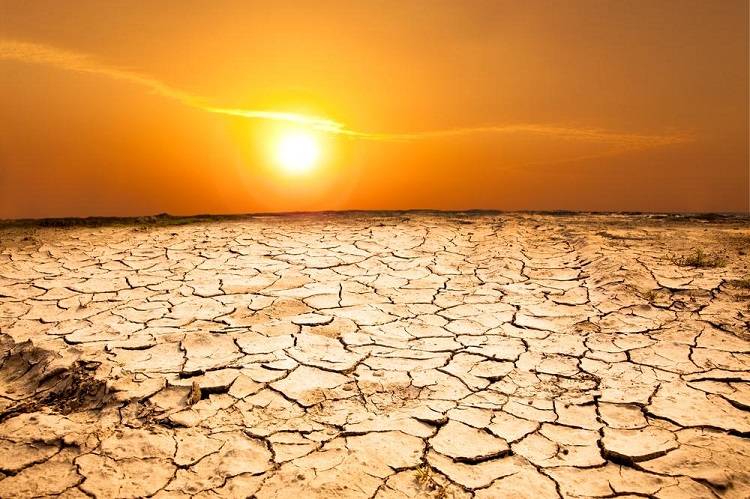
It predicts above-normal heatwave days in most portions of central, east, and northwest India during this time. "During the 2023 hot weather season (April to June), most parts of the country are expected to experience above-normal maximum temperatures, with the exception of south peninsular India and some parts of northwest India, which are expected to experience normal to below-normal maximum temperatures," the IMD said.
"A significantly larger number of heatwave days are forecast over sections of Bihar, Jharkhand, Uttar Pradesh, Orissa, West Bengal, Chhattisgarh, Maharashtra, Gujarat, Punjab, and Haryana," said IMD Director General Mrutyunjay Mahapatra during a virtual press conference. A heatwave is proclaimed when the maximum temperature at a station is at least 40 degrees Celsius in the plains, 37 degrees Celsius in coastal areas, and 30 degrees Celsius in mountainous regions, with a 4.5 degree Celsius deviation from normal.
According to the IMD, India experienced its hottest February since records began in 1901 in 2023. Nonetheless, above-normal rainfall (37.6mm vs. 29.9 mm) from seven western disturbances, five of which were severe, held temperatures in check in March. The month of March 2022 was the warmest on record and the third driest in 121 years. In addition, the country experienced its third warmest April, 11th warmest August, and eighth warmest September since 1901.
The IMD predicts normal to above-average minimum temperatures over most of the country, with the exception of some places in northeast and northwest India and isolated pockets in the peninsular region. The weather bureau predicts normal rainfall in India in April. According to data collected from 1971 to 2020, the country receives 39.2 mm of rain on average in April.
Normal to above-normal precipitation is forecast for much of the northwest, central, and peninsular regions of India, while rain is expected to be below-normal in the east and northeast. According to the IMD, La Nina conditions, or cooling of the waters in the Pacific Ocean near South America that favours the Indian monsoon, have weakened.
"The forecast predicts ENSO neutral conditions from April through June. A shift to El Nino is expected between July and September, with the likelihood of El Nino growing throughout the fall," Mahapatra said. El Nino, the warming of the Pacific Ocean near South America, is linked to a weakening of the monsoon winds and less rainfall in India. Many models, according to the Met Office, anticipate the emergence of a positive Indian Ocean Dipole in the following months. The Bureau of Meteorology model also predicts positive IOD by May 2023.
The difference in sea surface temperatures between the western half of the Indian Ocean near Africa and the eastern part of the Indian Ocean around Indonesia is what defines IOD. A positive IOD is thought to be beneficial to the Indian monsoon. The monsoon season contributes for over 70% of the country's annual rainfall and irrigates 60% of its net sown area. Agriculture directly or indirectly employs about half of the world's population.









